You may be wondering how much it costs to buy a camel.
Working camels are surprisingly more common in the desert than we had imagined. When you are in rural areas, it is quite common to see camels grazing contentedly by the side of the road and a number of Bedouin passing by on camels heading out for their camp in the desert.
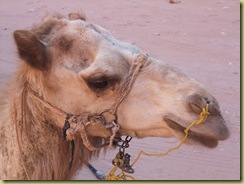
Camels are not the most quiet of transport – they seem to make a continuous groaning sound the whole time, almost as if they are protesting about life. A camel pregnancy lasts around 13 months and after 5 years, a young camel is ready to work.
Sam - camels spend a lot of time chewing the cud, do you know of any other animals which do that?
The answer to your question is that you should be prepared to pay 2500 JD (about £2500) for an reasonably good camel and they have a working life on average for around 27 years and live about 40 years. Of course when it is dead you can eat it!
Out into the Desert
The road out of Petra climbs high and gives a view of the town of Wadi Musa and also the entrance to the Siq. It also shows how harsh the landscape is and also yet another archaeological site on the top of a mountain -
One of the most popular sites for tourists in Jordan (after Petra) is Wadi Rum. This markets itself as a chance for the tourist to visit the desert, see a Bedouin tent, drink tea, see the night sky and then get back to your hotel before bed. It also offers an opportunity for the more hardy to sleep out overnight and sample other activities – we are in the latter group.
A coach is not the ideal method of travel across the desert so we transfer to 4WD and head out into the desert.
As we arrive, a sandstorm blows up and the whole desert is covered with clouds of dust.
The Desert Camp is basic to say the least. Blanket and goat hide tents, a fire pit, enough water for a rudimentary wash and to flush the toilet but none for showers etc. A small kitchen and a few semi-wild cats.
With the prevalence of sand storms, the best way to cope with them is to adopt local headdress because it is very effective at keeping out the
dust and protecting you from the harsh sun and 40C+ temperatures.
The desert is wilder, bleaker, harsher and more beautiful than we had imagined.
Nomadic tribes have left their marks on the rocks (just as groups have done throughout the wolrd.
Here we have camels, ostriches, hunting etc. These are said to be about 3000 years old.
One silly thing which most visitors do is to climb up the rock face to
stand on this rock bridge at Um Fruth. The shadow shows how high it is.
From the top, the vastness of the desert is obvious.
The amount of sand is unsurprisingly enormous and climbing and the
running down the dunes is a normal activity for those who can cope with the heat.
Sleeping out under the stars takes a little preparation. There are
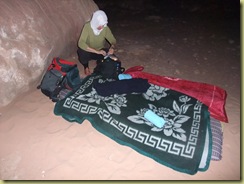
scorpions, snakes and other less pleasant wildlife to take into account plus the strong cool wind which blows up at night. Any trip to the toilet either involves a torch light walk to the toilet or choosing a nearby bush.
A large rock provides an appropriate windbreak and
a combination of exhaustion, the quiet and the uniqueness of the location means that we get a surprisingly good sleep. The stars are best at about 3 am when the nearly full moon has gone down.


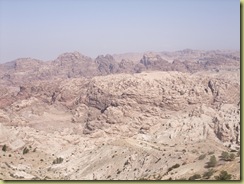
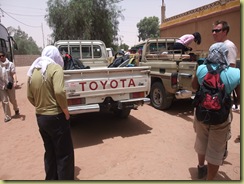
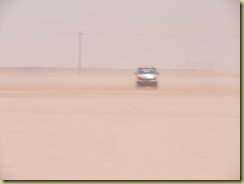
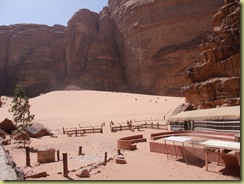
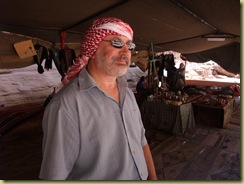
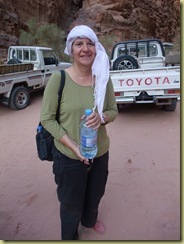

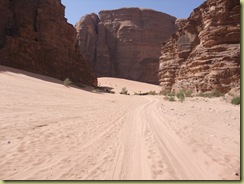
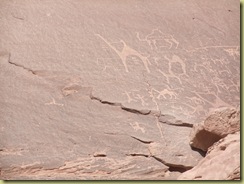
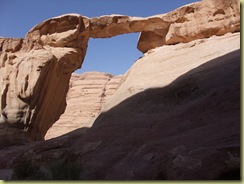
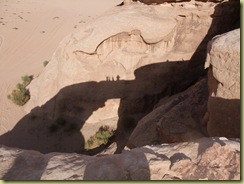
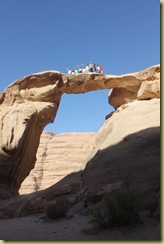
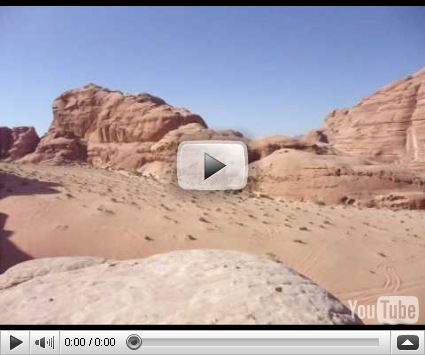
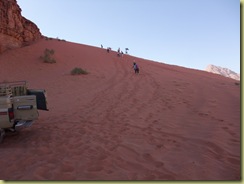
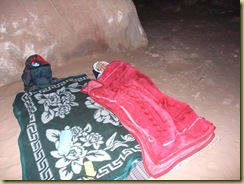

No comments:
Post a Comment